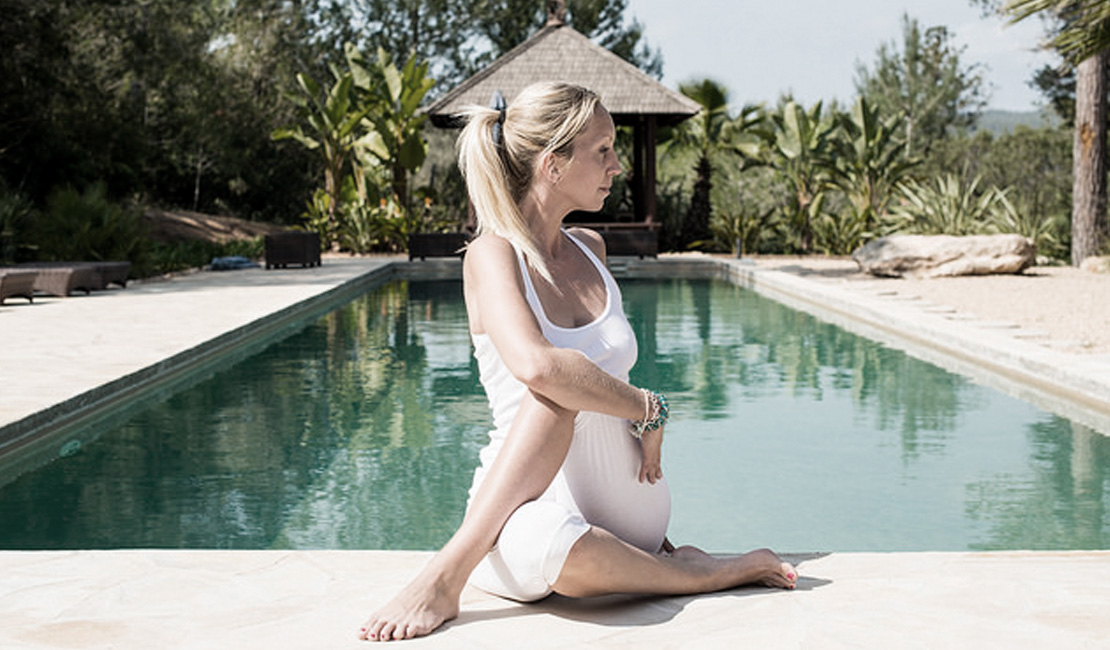Categories

Chaturanga is a staple of many yoga practices, so let’s take a deeper look on how we practice Chaturanga, particularly in terms of alignment.
“Is it okay if I can’t lower to 90 degrees in Chaturanga?”
Yes, yogi! I’ll get into more detail about the “90-degrees rule” below, however, always know that there is no right and wrong in yoga. Every human will look different in each pose. There are always modifications and options to help you find the most suitable expression of the pose for you and your anatomy.
Why 90-degrees?
When lowering into Chaturanga from plank, it is not recommended to go any deeper than a 90-degree angle in the elbows. Your wrists should be directly underneath your shoulders, and your shoulders should be at the same height as your elbows.
Why? To protect the shoulder joint!
The shoulder joint is a ball and socket, so it has a full range of motion and can move in all different directions (unlike the knee or elbow for example, which are hinge joints). In fact, due to the size of the humerus head and the cavity in the shoulder blade that it fits into, the shoulder joint has the most range of motion out of any joint in the human body!
This can be fun for flailing your arms around like a crazy, inflatable, dancing human-shaped balloon (the kind outside the car dealership), BUT, it also makes the shoulder joint more susceptible to injury when it is not stabilized properly.
So, this 90-degree angle is important to protect the shoulder from excess stress. This alignment sets the yogi up for success. With the shoulder stabilized in this structure, the yogi is enabled to utilize more core and leg strength, as opposed to muscling through the movements and relying mostly on the arms.
How strict is the “90-degree arms” alignment rule in Chaturanga?
This cue was put in place to protect the yogi. However, as with all yoga poses, each yogi has their own expression. Lower up to 90 degrees, but not past.



